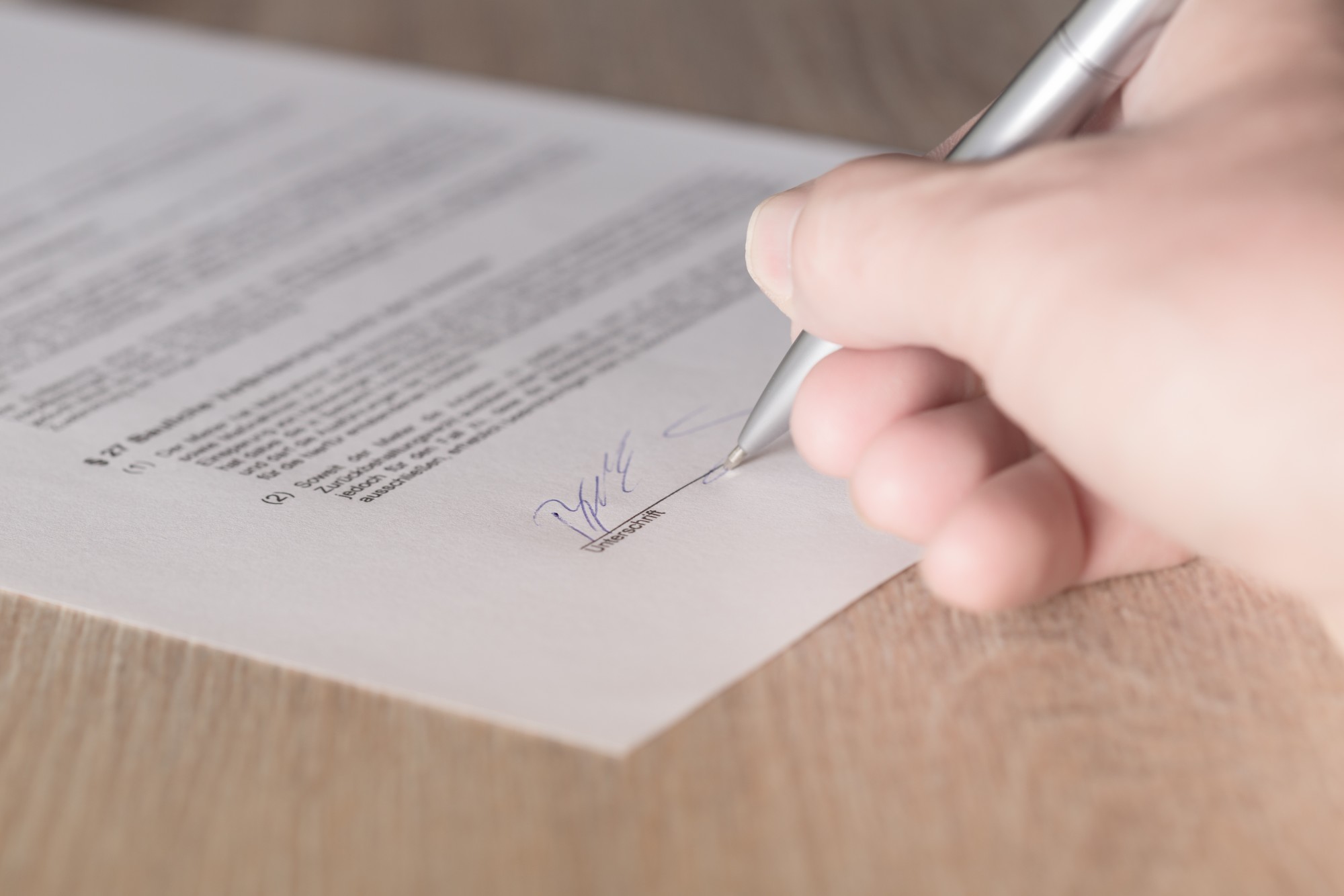As a new property investor, you’re excited to find tenants and start earning income on your property.
There’s just one problem: you’ve never written a lease agreement before.
Take a deep breath. Here are a few tips you need to write an ironclad yet simple lease agreement.
Writing a Simple Lease Agreement
First, the basics.
A lease agreement should include a few essential components:
- The rental term
- Start and end date
- Basic resident information
- Basic property information
- Rent amount and the due date
- Cosigner information
- Maintenance requirements
- Maintenance protocol
- Security deposit information
- Maximum occupancy
It should also include things like your policy on subletters. Technically, subleasing is a legal agreement between the tenant and another person living there. However, every state has different laws on subleasing and landlords may impose their own restrictions.
But, if it’s not in the rental agreement, then technically your tenant hasn’t agreed to it. So it’s important to iron out these details ahead of time.
Rental Terms and Clauses
Once you’ve covered the basics, you can move on to other parts of the rental agreement. This is when you should read up on leasing clauses.
For example, the rules about who can and cannot live in the property constitute a huge part of your rental agreement. The obvious one is how many people are allowed to live in a single unit, but you can also place restrictions on subletters and long-term guests.
It might seem like nitpicking, but the truth is, you want to safeguard who can and cannot live on your property. Many tenants find subletters on their own, which means you could wind up with a subletter you don’t want living there.
The same thing applies to long-term guests. How long is someone allowed to stay on the property as a guest before they are charged for residency?
Severability Clause and Ending a Lease
You also need to consider what happens when a resident decides they want to move and what happens if part of the lease is deemed invalid.
This is where the severability clause comes in. Think of the severability clause as your insurance policy. Basically, it’s a clause that ensures your lease agreement remains valid and binding if a phrase, clause, or portion of the lease is deemed invalid.
This ensures that your lease rules remain enforceable for the remainder of the lease.
Utilities
Another big part of writing a rental agreement is the terms surrounding your utilities.
Let’s start with who is responsible for paying for what. Your rental agreement should spell out in no uncertain terms what is included in the lease and what tenants are responsible for paying independently.
For example, if your building doesn’t have separate metering for water usage in individual units, your contract should spell out exactly how the water bill is handled. Is it split evenly among tenants? What happens if one tenant overuses their water?
On that note, your rental agreement should also clearly define what happens if a tenant overuses their utilities. If you include utilities with rent, tenants tend to be careless with usage, so you should have a clearly defined usage agreement. It states what happens if usage exceeds a set amount.
More Tips on Your Rental Agreement
Writing a simple lease agreement is easy–as long as you know what topics you need to address.
For more tips on writing a lease agreement and creating a painless, stress-free rental experience, check out our blog for more ideas.






